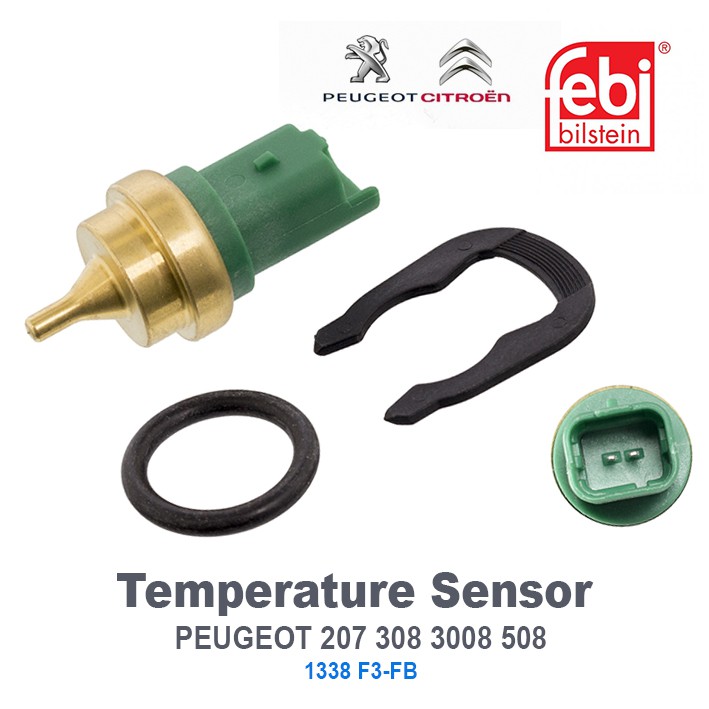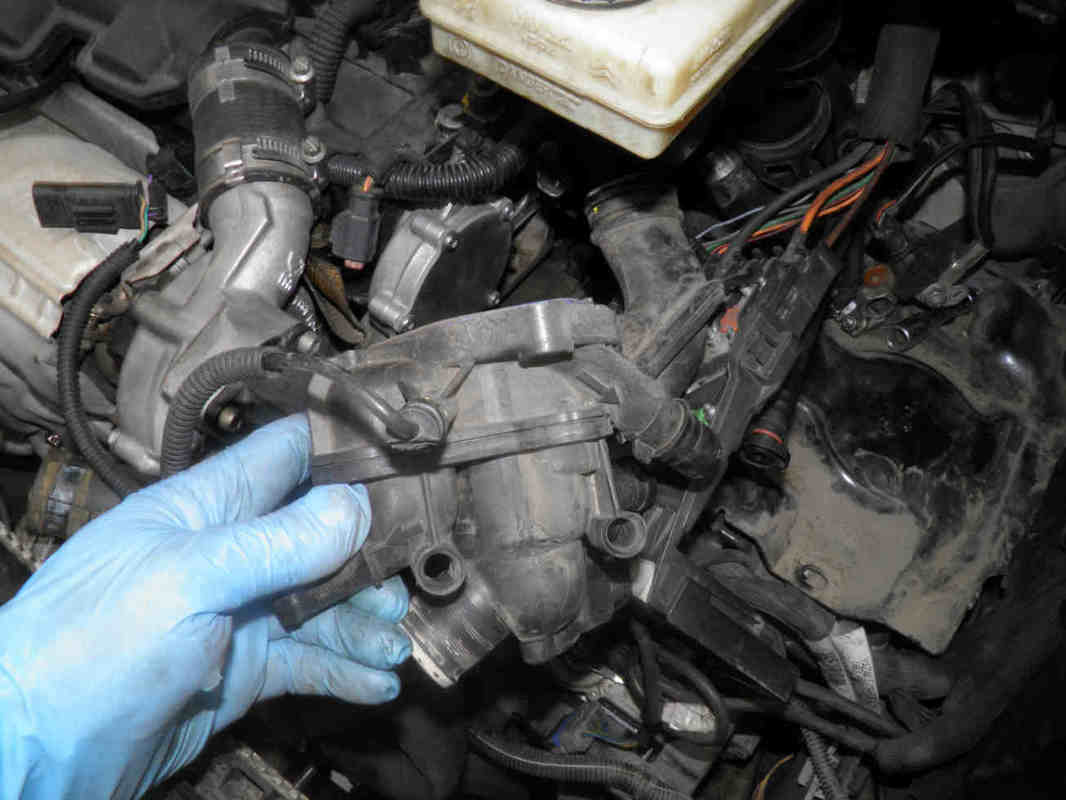Where to Find the Peugeot 3008 Temperature Sensor: A Comprehensive Guide
The Peugeot 3008, a popular compact SUV, relies on a network of sensors to keep everything running smoothly. Among these vital components is the temperature sensor, crucial for monitoring engine and ambient conditions. Whether you’re troubleshooting a potential issue or simply curious about your vehicle’s inner workings, knowing where to find the temperature sensor is essential. This guide provides a detailed overview of the different temperature sensors in your Peugeot 3008 and their locations.
Understanding the Importance of Temperature Sensors
Temperature sensors play a critical role in the efficient and reliable operation of your Peugeot 3008. They provide the engine control unit (ECU) with vital data, including:
- Engine Coolant Temperature (ECT): Determines engine operating temperature, influencing fuel injection and ignition timing.
- Ambient Air Temperature (AAT): Used by the ECU to adjust engine performance and for climate control system operation.
- Intake Air Temperature (IAT): Measures the temperature of the air entering the engine, impacting fuel mixture calculations.
Malfunctioning temperature sensors can lead to various issues, including poor fuel economy, rough idling, engine overheating, and inaccurate climate control performance.
Locating the Engine Coolant Temperature (ECT) Sensor
The Engine Coolant Temperature (ECT) sensor is one of the most critical temperature sensors in your Peugeot 3008. Its location can vary slightly depending on the engine type (petrol or diesel) and the model year. However, the general location is usually consistent:
- Typical Location: The ECT sensor is commonly found in the engine’s cooling system, typically within the cylinder head or the thermostat housing. It’s usually screwed into a coolant passage and has an electrical connector attached.
- Identifying the Sensor: The ECT sensor is usually a small, cylindrical component with a wire harness connected to it. It’s often made of plastic or metal.
- Accessing the Sensor: Accessing the ECT sensor might require removing some engine covers or other components. Refer to your owner’s manual or a repair manual for detailed instructions specific to your Peugeot 3008 model.
Important Note: Before attempting any work on the cooling system, ensure the engine is completely cool to prevent burns from hot coolant.
Finding the Ambient Air Temperature (AAT) Sensor
The Ambient Air Temperature (AAT) sensor measures the outside temperature, feeding data to the climate control system and ECU. Its location is generally accessible:
- Typical Location: The AAT sensor is often found behind the front bumper, near the front grille, or within the side mirrors.
- Identifying the Sensor: The AAT sensor is typically a small, exposed sensor designed to measure the surrounding air temperature.
- Accessing the Sensor: Accessing the AAT sensor is usually straightforward. You may need to remove some plastic trim or access it from under the vehicle or by looking in the side mirror.
Locating the Intake Air Temperature (IAT) Sensor
The Intake Air Temperature (IAT) sensor monitors the temperature of the air entering the engine. This information is used to adjust the air-fuel mixture for optimal performance.
- Typical Location: The IAT sensor is usually integrated within the Mass Air Flow (MAF) sensor housing, located in the intake air duct between the air filter and the engine.
- Identifying the Sensor: The IAT sensor is often part of the MAF sensor assembly. It’s a small, internal component that measures the air temperature.
- Accessing the Sensor: To access the IAT sensor, you’ll need to locate the MAF sensor. Consult your owner’s manual or a repair manual for instructions on removing the air filter housing and accessing the MAF sensor.
Safety Precautions and Professional Help
- Disconnect the Battery: Before working on any electrical components, disconnect the negative terminal of the battery to prevent electrical shocks.
- Consult Your Manual: Always refer to your Peugeot 3008 owner’s manual or a repair manual specific to your model year for detailed instructions and diagrams.
- Professional Assistance: If you are uncomfortable working on your vehicle or unsure about any procedures, consult a qualified mechanic.
Conclusion
Finding the temperature sensors in your Peugeot 3008 is a manageable task with the right information. By understanding their locations and functions, you can better diagnose potential issues and maintain your vehicle’s performance. Remember to prioritize safety, consult your manual, and seek professional help when needed. Regular maintenance and awareness of these critical components will contribute to a smoother and more reliable driving experience.
Frequently Asked Questions (FAQs)
1. What are the common symptoms of a faulty ECT sensor?
- Poor fuel economy
- Rough idling
- Engine overheating
- Difficulty starting the engine
- Black smoke from the exhaust
2. Where can I find the exact location of the temperature sensors for my specific Peugeot 3008 model?
- Your owner’s manual is the best resource. It often includes diagrams and detailed information about component locations.
- A repair manual specifically for your Peugeot 3008 model (e.g., Haynes or Chilton) will provide detailed instructions and diagrams.
3. Can I test the temperature sensors myself?
- Yes, you can. However, it usually requires a multimeter and knowledge of how to test electronic components. Refer to your repair manual for specific testing procedures.
- A diagnostic scan tool can also read the sensor values and help identify potential problems.
4. What tools do I need to replace a temperature sensor?
- Depending on the sensor, you may need a wrench or socket, a screwdriver, and possibly pliers.
- A replacement sensor is, of course, required.
- A diagnostic scan tool (optional, but helpful)
5. Is it safe to drive with a faulty temperature sensor?
- It’s generally not recommended. While the vehicle may still run, a faulty sensor can affect fuel economy, engine performance, and potentially lead to more significant damage over time. Addressing the issue promptly is always the best course of action.




